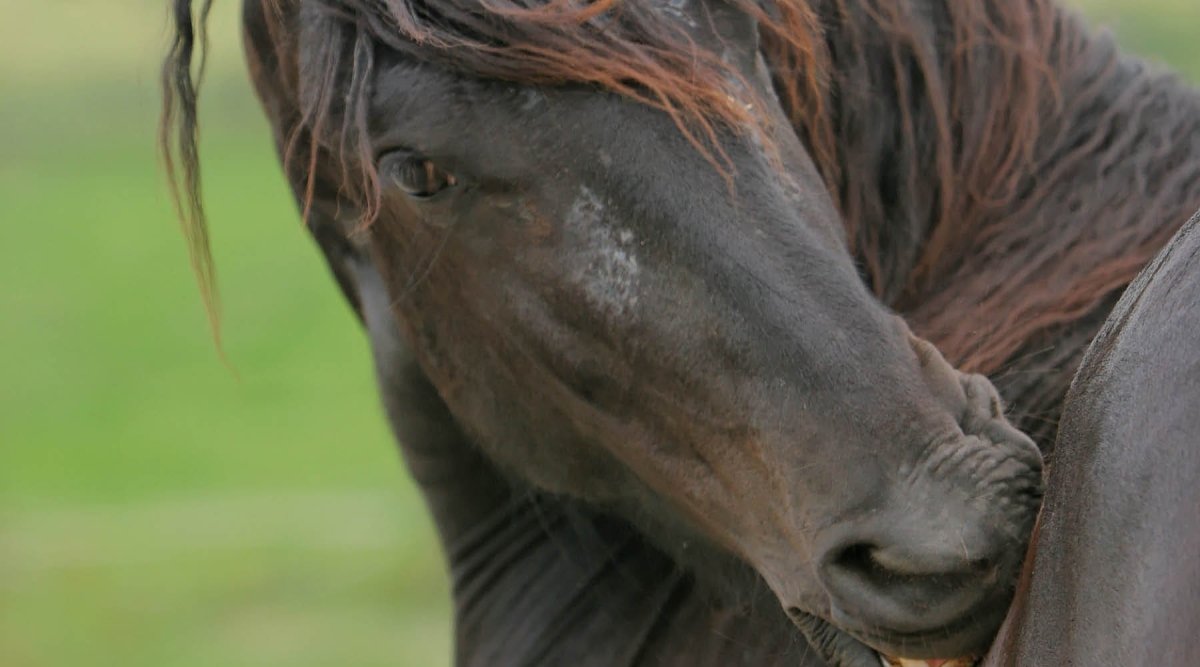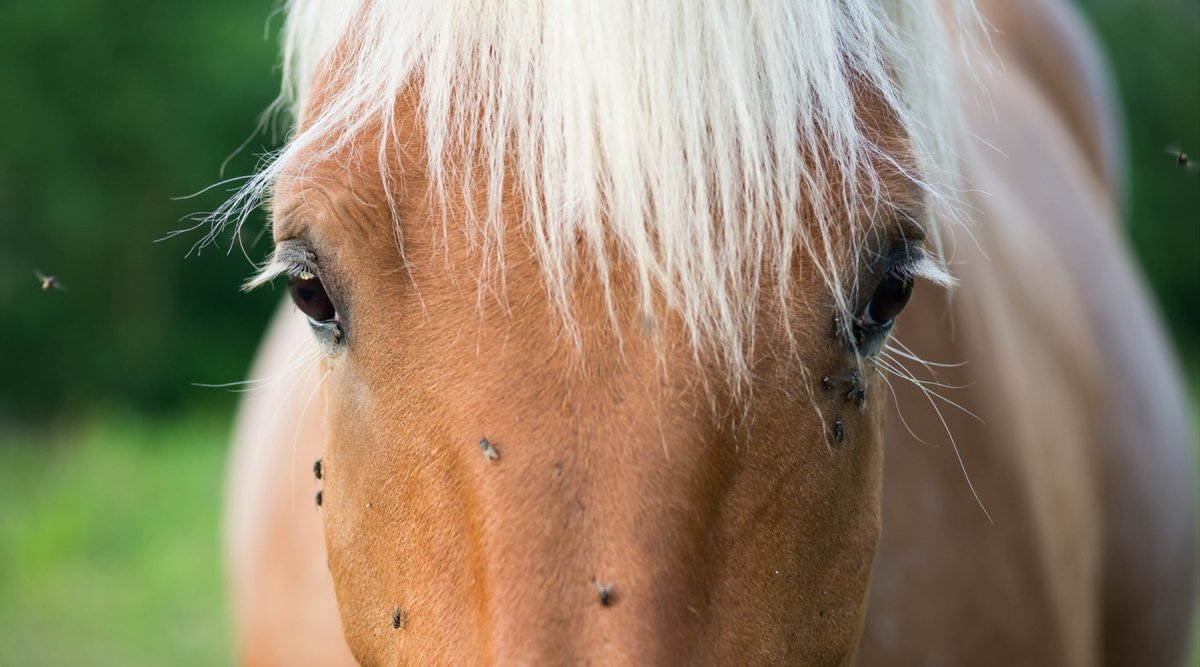Ragwort is beautiful to look at when the flowering plants shine in bright yellow on meadows, pastures and roadsides from June onwards. But appearances are deceptive, as the herb can be quite dangerous for your horse. AniForte veterinary practitioner Angelica explains how to recognize the plant in your pasture and how you can protect your horse from poisoning.
What exactly is ragwort?
The name ragwort is derived from St. James' Day, July 25, when the plant's main flowering period begins. You can find the perennial ragwort in local meadows until August, and it has been spreading more and more in recent years.
One of the reasons for this is that ragwort's soil requirements are relatively low. The plant can cope with both temporary drought and alternately moist conditions. The robust herb reaches a height of around 30-120 cm and produces flowers with 13 narrow yellow petals. Due to its yellow flowers, it is often confused with tansy, hawkweed or St. John's wort. However, the pinnate leaves, which protrude from the plant at right angles, are striking. Depending on the species, their shape ranges from roundish smooth to strongly pinnate to curly and kale-like.
The poison of the ragwort
This pretty meadow weed is a poisonous plant, which is why its spread is rather feared. Its toxicity is due to the effect of so-called pyrrolizidine alkaloids, which can be very damaging to the liver if ingested in large quantities and can even lead to liver failure. Humans could contract such poisoning through their food if they eat milk or honey. However, smart bees tend to avoid the plant and cows also try to avoid the bitter taste.

Do horses eat ragwort?
The stems of older ragwort plants turn slightly reddish. At this stage, horses do not usually eat the poisonous plant, especially as it tastes bitter. The bitter substances serve the ragwort as a defense against its natural predators.
However, the young plants grow as rosettes of leaves on the ground and are often overlooked by horses in the fresh, still low spring grass. At this stage, ragwort is also dangerous for other grazing animals such as cattle, sheep and goats. At this stage, we humans can easily confuse it with hawkweed, tansy or common pigweed, for example.
Why is ragwort dangerous for horses?
In horses, an intake of 40 grams per kilogram of body weight is considered a lethal dose of ragwort. Cattle can tolerate a little more, with a limit of 140 grams per kilogram of body weight. Goats and sheep, on the other hand, cope much better with the plant. However, these values are only the quantities above which the plant has a lethal effect. But even smaller quantities can have consequences. If a horse repeatedly ingests small amounts, the poison accumulates in the body and can lead to chronic poisoning. This often happens imperceptibly, but there is a risk that the horse's liver will be severely damaged. In pregnant animals, it can lead to miscarriages.
Ingesting the poisonous plant when it is dried is far more dangerous, as the bitter substances are then lost and horses no longer perceive them. This is why there is the greatest risk of your horse being poisoned by ragwort in hay, haylage, structured feed and pellets. When dried, the herb is not sorted out but eaten.
Symptoms of ragwort poisoning
Signs by which you can recognize ragwort poisoning in your horse are
- Colic-like symptoms
- Fatigue and loss of condition
- Watery or muddy droppings
- Excessive sweating
- altered breathing
- dull coat
In these cases, you should take your pet to a vet as soon as possible.

Control and precautionary measures against ragwort
Many attempts are made to control the plant chemically, but with little success. To avoid poisoning your horse, pasture care is the be-all and end-all. Here are some tips on how to keep your animals' grazing area well maintained:
-
Prevent ragwort from setting seed
This poisonous plant is perennial, but usually only flowers in its 2nd year. You can intervene here and pull out the plant at the root or cut it out generously. You should wear gloves so that the poisonous active ingredients do not get on your skin.
- Disposal of the uprooted plants
Poisonous ragwort can sometimes survive in compost. It is therefore advisable to burn it or dispose of it in the residual waste.
-
Regular mowing of pasture meadows
Mowing before flowering and mowing afterwards also helps to contain the spread of the plant. This is particularly important on horse pastures, where ragwort spreads particularly easily as horses avoid it more than cattle or sheep. Frequently encountered unvegetated areas or overgrazed areas also offer the poisonous plant ideal conditions for germination.
The spread of ragwort should be contained in order to protect meadows and pastures from overpopulation. Then you no longer have to worry about your horse. However, there should be no hysteria, as ragwort also provides food and habitat for many insects and therefore has a right to exist. You can also hope for a completely natural containment of this plant: the caterpillar of the ragwort bear and the blood bear, a moth, are the natural predators of the poisonous plant.
I wish you and your horses many carefree days in the pasture!



